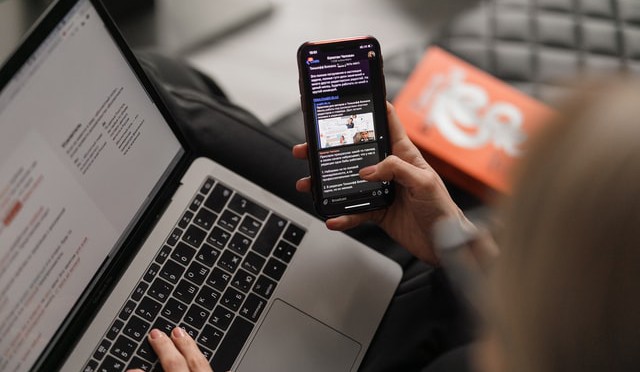The media wields significant influence over public perception and behaviour, particularly during health crises. The manner in which health news is reported can profoundly shape public understanding, attitudes, and responses. Two recent examples— the COVID-19 pandemic and the latest outbreak of Mpox (formerly known as monkeypox) in Sweden—illustrate how media coverage can guide, and at times, control public reaction.
The Role of Media in the COVID-19 Pandemic
The COVID-19 pandemic offers a stark illustration of the media’s capacity to influence public behaviour. From the early days of the outbreak, the media played a crucial role in disseminating information about the virus, public health guidelines, and government responses. However, the impact of media coverage was not uniform; it varied depending on the nature of the reporting and the platforms through which it was delivered.
Framing the Narrative
The media framed the COVID-19 pandemic in various ways, from emphasizing the severity of the virus to highlighting the economic and social disruptions caused by lockdowns. Early reports often focused on the exponential growth of cases and the mounting death toll, which heightened public fear and anxiety. This framing was crucial in encouraging compliance with health measures like social distancing and mask-wearing. Conversely, when some outlets began to emphasize economic concerns or question the severity of the virus, it led to public scepticism and resistance to health mandates.
Selective Reporting
Media outlets also engaged in selective reporting, choosing which aspects of the pandemic to emphasize. For example, stories that highlighted overcrowded hospitals and the struggles of healthcare workers were prevalent, which underscored the seriousness of the situation and bolstered public support for restrictive measures. On the other hand, reports that focused on the side effects of vaccines or the debate over personal freedoms led to vaccine hesitancy and resistance to government-imposed restrictions.
The Role of Misinformation
The pandemic also highlighted the dangers of misinformation. Social media platforms, in particular, were rife with conspiracy theories and false information, which undermined public health efforts. The spread of misinformation about COVID-19, such as the efficacy of unproven treatments or the dangers of vaccines, had a direct impact on public health by influencing behaviour contrary to scientific recommendations.
Polarization of Public Opinion
Media coverage during the COVID-19 pandemic often mirrored existing political divides, particularly in countries like the United States. The polarization of news outlets, with some aligning with conservative viewpoints and others with liberal ones, led to a divided public response. This polarization was evident in the varied reactions to health mandates, where some segments of the population vehemently opposed measures like lockdowns and mask mandates, while others supported them fully.
Media Influence in the Mpox Outbreak in Sweden
The current outbreak of Mpox in Sweden provides a more contemporary example of how media can shape public reaction to health crises. While not yet at the scale of COVID-19, the Mpox outbreak has nonetheless highlighted key aspects of media influence.
The media’s portrayal of Mpox has often been linked to specific communities, particularly men who have sex with men (MSM). This framing has led to the stigmatization of these groups, which can deter individuals from seeking testing or treatment out of fear of discrimination. In the reporting of this outbreak, some media outlets have for using imagery of black people afflicted with Mpox, reinforcing an idea of the stereotypical person who gets the disease as being black/from the African continent.
Based on what we saw during the COVID-19 pandemic, people should be more wary about the information around Mpox, listen to trusted health professionals and organisations, and think twice about the framing behind media stories on the disease and the potential motivations behind this framing.
The media plays a pivotal role in controlling public reaction to health news, as evidenced by the COVID-19 pandemic and now the Mpox outbreak in Sweden. The way health crises are reported can have profound implications for public behaviour, trust in health authorities, and overall public health outcomes. As we continue to navigate an increasingly complex media landscape, the need for responsible journalism and an informed public has never been greater.
You can keep up with all the latest health news at www.tmb.ie.

